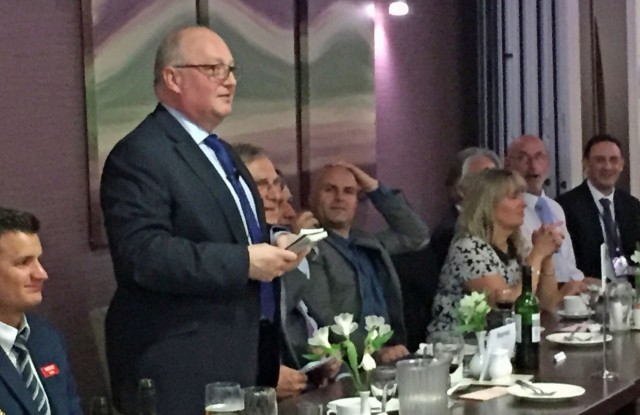 Mamatha R. Maheshwarappa 2E0CZO has released her paper “Improvements in CPU & FPGA Performance for Small Satellite SDR Applications”.
Mamatha R. Maheshwarappa 2E0CZO has released her paper “Improvements in CPU & FPGA Performance for Small Satellite SDR Applications”.
Abstract: The ongoing evolution in constellation/formation of CubeSats along with steadily increasing number of satellites deployed in Lower Earth Orbit (LEO), demands a generic reconfigurable multimode communication platforms. As the number of satellites increase, the existing protocols combined with the trend to build one control station per CubeSat become a bottle neck for existing communication methods to support data volumes from these spacecraft at any given time.
This paper explores the Software Defined Radio (SDR) architecture for the purposes of supporting multiple-signals from multiple-satellites, deploying mobile and/or distributed ground station nodes to increase the access time of the spacecraft and enabling a future SDR for Distributed Satellite Systems (DSS).
Performance results of differing software transceiver blocks and the decoding success rates are analysed for varied symbol rates over different cores to inform on bottlenecks for Field Programmable Gate Array (FPGA) acceleration. Further, an embedded system architecture is proposed based on these results favouring the ground station which supports the transition from single satellite communication to multi-satellite communications.
You can download the PDF of the paper from http://epubs.surrey.ac.uk/812783/
Mamatha worked on the STUDSAT-1, STUDSAT-2 and STRaND-1 satellites which carried amateur radio payloads and was Satellite Officer & Member of the Surrey Electronics and Amateur Radio Society
http://blog.surreyears.co.uk/
https://twitter.com/SurreyEARS
https://www.facebook.com/surreyEARS/







You must be logged in to post a comment.